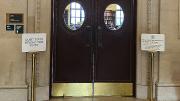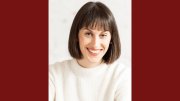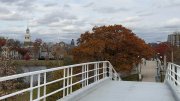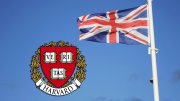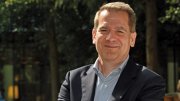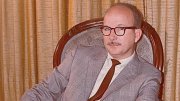The bullhorn-led responsive chanting and shouted epithets that marked the fall semester a year ago—after the Hamas attack on Israel and resulting war in Gaza and beyond—gave way to something quieter, and subtly different, this autumn: pro-Palestinian protesters staged silent “study-ins” in Widener and the Law School library (and a “pray-in” at the Divinity School). When they were punished, faculty members staged similar study-ins, focused on Harvard’s guidelines governing protests and their effects on free speech. Though these smaller-scale, lower-decibel demonstrations have engaged administrative attention, University leaders have been able to focus more on academic matters this year—even as community members continued seeking ways to influence Harvard policymaking and governance.
The first study-in took place in Widener’s Loker Reading Room in December 2023, when about 100 pro-Palestinian students taped flyers to the backs of their laptop screens and read for an hour. That established a pattern for multiple student and faculty demonstrations during the 2024 fall term: direct challenges to Harvard’s protest restrictions. The underlying aim was to highlight the differences between free expression and activity that disrupts or obstructs learning—in order to sustain both academic debate and operations.
On January 19, 2024, just after Alan M. Garber was named president, he and the deans released a statement clarifying University policy regarding “the guarantees and limitations” of campus protest and dissent. That policy states that “demonstrations and protests are ordinarily not permitted in classrooms…libraries or other spaces designated for study, quiet reflection, and small group discussion”—but did not define “protest.”
That ambiguity was tested on September 21, when some 30 pro-Palestinian students sat quietly in Loker wearing keffiyehs and displaying signs protesting Israeli strikes in Lebanon. The day before, an administrator had warned students that such an action would violate Harvard policies. During the protest, a staff member informed the students that they could not protest in the library and recorded Harvard ID numbers of those who persisted. (Students may protest outside the library—the Widener steps are popular; both students and faculty have held pro-Palestinian protests there, unpunished, this past semester.)
In response to the study-in, the library banned participating students from entering Widener for two weeks. (They could pick up necessary library materials from other locations.) That response angered some faculty members, who questioned what made the study-in a protest and why a silent action merited punishment. Three weeks after the student action, approximately 30 faculty members followed suit, silently reading texts about dissent (including works by Martin Luther King Jr. and Henry David Thoreau, A.B. 1837) and displaying small placards quoting the Harvard Library Statement of Values (“embrace diverse perspectives”) as well as the University-wide Statement on Rights and Responsibilities (“reasoned dissent plays a particularly vital part in [our] existence”).
The faculty were also banned from Widener for two weeks—and were especially upset to be punished for speech that was not controversial and in some cases drawn from sources published by the University. “There is a legitimate line to be drawn at something like hate speech,” said Ogunlesi Family associate professor of business administration Reshmaan Hussam, who participated in that first faculty study-in. “The ideas that we were considering…don’t come close to that,” adding that the student study-in did not constitute hate speech, either.
Some professors went further, arguing that the sanctions contradicted the University’s educational mandate. “When you’re punishing scholars and students for reading or for silently displaying ideas,” said professor of government Ryan Enos, who also participated in the first faculty study-in, “you’re doing something that seems out of step with the mission of the University.”
In the month following the October 16 faculty study-in, similar events took place at the Law Library and the Graduate School of Design, plus the Divinity School’s “pray-in,” and two more in Widener. A November 8 Widener faculty study-in pushed the University’s punishment calculus to its logical extreme, with professors displaying blank table tents. (Read a full report at harvardmag.com/library-protest-24.)
Earlier frustrations sharpened the fall protests. Some professors objected to regulations on use of campus spaces promulgated in August by executive vice president Meredith Weenick—without apparent faculty consultation. Enos felt that administrators framing the rules as “issues of operations rather than rules about the fundamental aspects of scholarly life like free expression” served to “circumvent…faculty governance.” (See “Category Errors,” this issue, page 5.) The October Faculty of Arts and Sciences meeting featured sustained criticism of the rules’ reach—for example, banning chalking on sidewalks—underscored by Dean Hopi Hoekstra’s confirmation that she had not been involved in the rulemaking. (An account appears at harvardmag.com/faculty-meeting-hoekstra-24. The dean added that FAS could seek “local exemptions” from some restrictions—and subsequently did, for the ban on chalking on its facilities and the limitations on posting signs.)
The recurring demonstrations prompted further reactions. On October 24, University Librarian Martha Whitehead published an essay, “Libraries are places for inquiry and learning,” arguing that the study-ins—which she firmly classified as protests—disrupt academic life. (Those who attended the FAS faculty meeting last April may recall a different take on the libraries: Whitehead then presented a renovation plan for the Yard facilities including, in a prospectively revamped Widener, “potential café, shop, or other retail space” attractive to visitors.) On November 4, the library posted an FAQ in which it described the study-ins as meriting punishment because “a group activity…—even a silent one—that is explicitly using a space to make a point is engaging in a demonstration or protest.” It added that the “very point of these group actions was to draw attention—to express a point of view to others.” At the FAS faculty meeting the next day, Hoekstra weighed in with an extensive defense of the policy making library spaces off-limits for all protests (see harvardmag.com/state-of-fas-24).
Graustein professor of mathematics Melanie Matchett Wood, copresident of the Council on Academic Freedom at Harvard, countered that there is no “clear institutional need” to prevent a group from silently expressing a point of view, even in the library. She added, “It is hard for me to imagine that a rule so broadly worded can possibly be enforced in a content-neutral way.” The steady rollout and clarification of restrictions led some professors to believe Harvard is in fact restricting speech it finds undesirable: Enos pointed to a “not unfounded belief” of some colleagues that the University, fearing continuing congressional investigations and pressure from alumni objecting to pro-Palestinian speech, will “interpret these ambiguous rules in a way that is going to allow [Harvard] to clamp down on this speech.”
But faculty opinion is not uniform. Exercising his freedom of speech, Scalia professor of law Stephen Sachs defended the sanctions, arguing that the protests are meant to draw attention. “For Harvard’s libraries to be commandeered as protest spaces would be a shame,” he wrote on X. “Libraries are places for confrontation on the page, in the realm of ideas, something that’s compromised when you move the confrontation into the physical space.” And pragmatically, Frankfurter professor of law Noah Feldman suggested a quick fix in Bloomberg: “My strong hunch is that a rule allowing silent protests in the library would immediately end the protests taking place there.”
These arguments and rebuttals, at least, give evidence of a healthy speech climate, focused on stakes that seem within the community’s own control—unlike the life and death stakes in the continuing Middle East war.
Although Harvard and other universities will continue to face the fallout from campus protests about the war (and the inauguration of a new national administration sharply critical of elite higher education), University leaders have been able to catch their breaths enough to address purely academic matters recently.
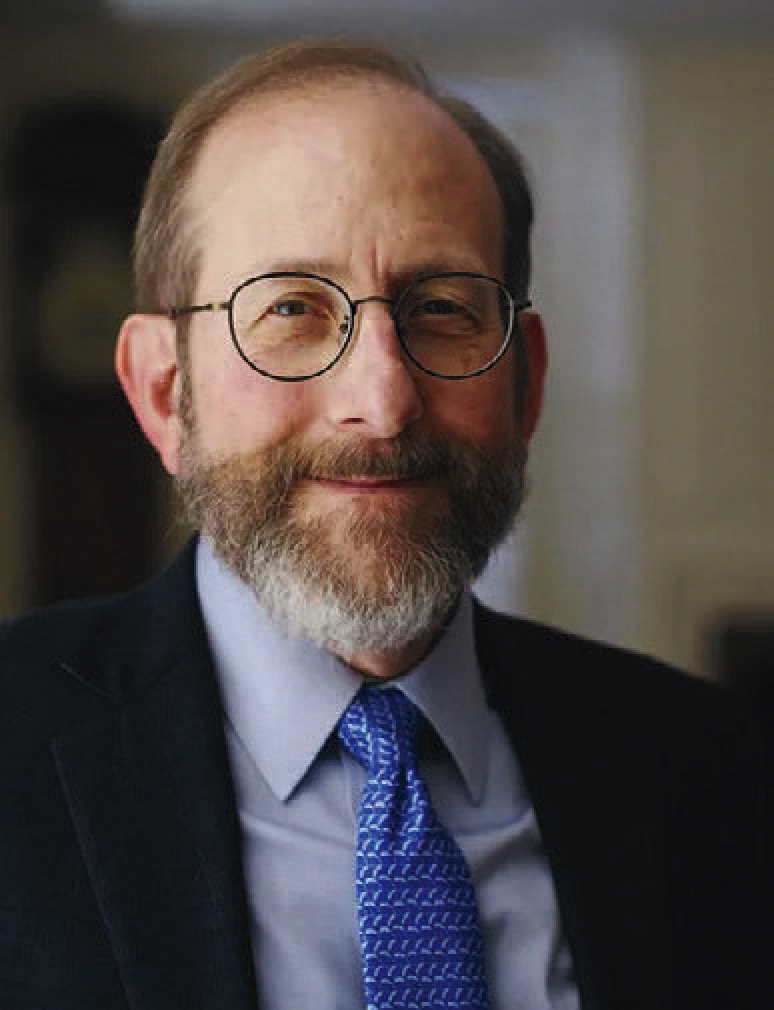
During a late October conversation in Massachusetts Hall, President Garber said of his many interactions of late with Harvardians locally and worldwide, “I have been struck by the observation that our community remains as deeply committed to the core work of the University as it has ever been”—work that includes research, teaching, and, yes, extracurriculars.
He cited the institution’s “incredible strengths” in broad, high-potential fields of discovery. Of the life sciences, he said, Harvard remains “in the midst of an…ecosystem that is the envy of the world,” playing a central role through its expertise in medicine, biology, applied sciences and engineering, public health, and other fields. Himself a physician-scientist/economist by training and prior experience, Garber noted that the consequent “potential for advancement…has never been greater,” with progress in artificial intelligence, data science, and imaging all accelerating such research. “Harvard needs to be at the forefront” of such discoveries, he continued. He predicted “spectacular” gains, and promised to address the University’s agenda in these domains in coming months. (Read more about his academic priorities and views on diversity, governance, and other issues at harvardmag.com/garber-agenda-24.)
Days later, Dean Hoekstra underscored another core value and strength, introducing a faculty discussion on residential education. Given the efficacy of online instruction, demonstrated under duress during the pandemic, some students have begun to “leave campus for more than a short period,” as a subcommittee of the Standing Committee on Undergraduate Educational Policy reported at the November 5 faculty meeting. While nominally continuing classes, “They may be invited to shoot a television pilot or participate in a month-long chess tournament, to pitch their start-up to investors or represent their country in the Winter Olympics.” Other students, facing health challenges or family crises, may also seek to sustain their College schooling remotely.
As the subcommittee put it forthrightly, “In keeping with the residential mission of the College, students are required to be in residence during term time and are recommended for the bachelor’s degree only after completing eight terms in residence.” Accordingly, it proposes to reinforce the value of “residential living and learning” by changing the Handbook for Students to clarify what constitutes a semester; the work expectation for a typical course (at least 12 hours weekly, in class and beyond); and the meaning of “in residence”—namely, in the vicinity of Cambridge throughout the academic year (holidays and vacations excepted). To enforce all this, the subcommittee proposed a different rule: that in most cases, “students absent for more than two weeks in any one term may be placed on involuntary leave of absence.”
On that, there appeared to be little faculty disagreement—and FAS voted to approve the new language at its December 3 meeting.
During an interview days before Thanksgiving, Penny Pritzker, senior fellow of the Harvard Corporation, expressed strong support for Garber’s presidency; unveiled a Presidential Search Process Committee to survey Harvard’s practices and those across higher education, and advise the Corporation on possible improvements before the scheduled spring 2026 launch of a search for Garber’s successor; and conveyed confidence that the governing board’s structure and processes continue “to serve us well” following the extensive changes (enlarged membership, formal committees, succession procedures, and more) adopted in 2010.
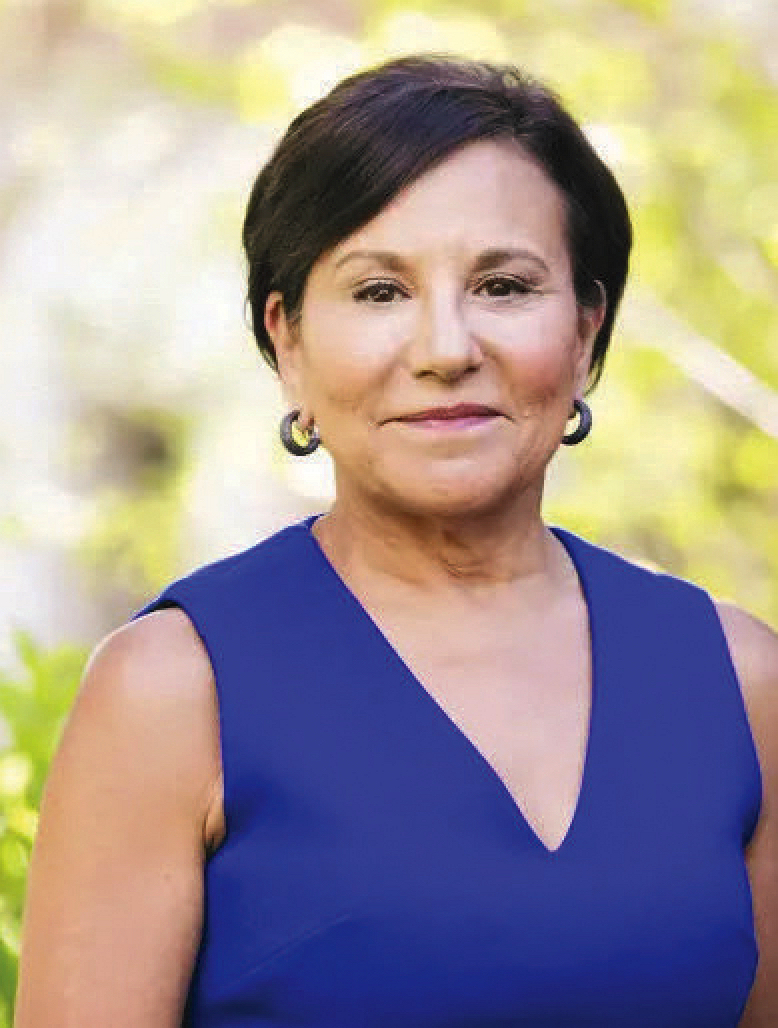
In the wake of last academic year’s upheavals, she did say, “The Corporation is having many detailed and in-depth conversations about how best to serve the community”—conversations, she emphasized, that involve engaging more broadly and deeply with all the University’s constituents (another goal of the 2010 changes). Pursuing such outreach, Pritzker noted, enables Corporation fellows to “continue to have a pulse on the community” as they listened intently to members’ views—the better to support Garber and his administration. Among the avenues she cited were town halls with faculty members, like one last April with FAS professors. Less visible were dinners and meetings with faculty; with the task forces examining antisemitism and bias against Muslims, Arabs, and Palestinians; and with alumni in online sessions, on campus, and around the country. Such consultations would continue, she indicated, in support of advancing Harvard’s academic priorities and preparing for the next search. Read a complete report at harvardmag.com/pritzker-24.
Other avenues for such communication and influence are being actively explored, too. On November 22, Garber advised faculty members across Harvard that he would organize a 15- to 20-member University-wide Faculty Advisory Council (with members nominated by deans). That group will provide the Academic Council (the president, provost, deans, and other senior leaders) with perspectives on “issues that have University-wide implications and require a prompt, coordinated response.” He acknowledged that faculty members are proceeding separately on plans for a formal Harvard-wide faculty senate.
Conant University Professor Danielle Allen, a leader of the latter effort, embraced an all-of-the-above strategy. “I’m glad the president and provost recognize the importance of faculty input on University-wide decisions,” she wrote in response to a query about the proposed advisory council, “and I understand and appreciate their sense of urgency.” But, she continued, “Those of us working on the faculty senate question will continue moving [that] planning…forward as expeditiously as possible so that the University will have the strongest possible governance options on the table ASAP.” Several schools’ faculties are already formally on board.
Among other objectives, the senate proposal aims to bring faculty perspectives directly to the Corporation. Garber’s advisory council would reach senior leadership, but not the governing board per se. (As president, Garber is a member of the Corporation, so the new council could theoretically get its views to the governing boards through him.) Learn more about the proposals at harvardmag.com/faculty-governance-24.
Clearly, the tumultuous events that began in the fall of 2023 have prompted new forms of communication and engagement among the University’s governing and administrative leadership and the community’s academic members. Those will persist, and perhaps deepen, whether or not accompanied by formal innovations. Whatever the outcome, the community conversation about Harvard itself has been changed.
